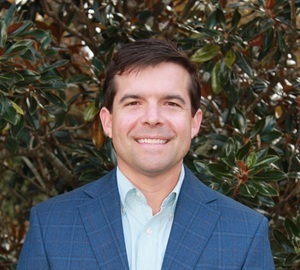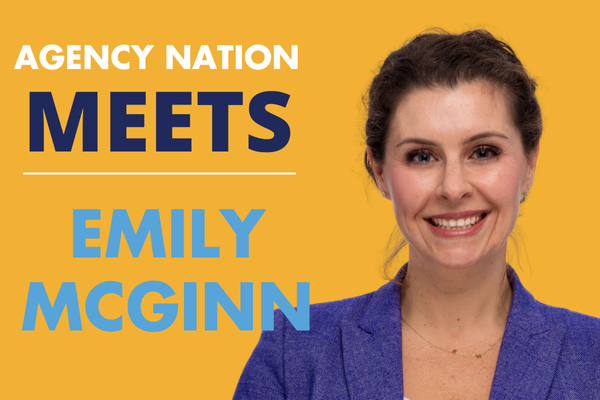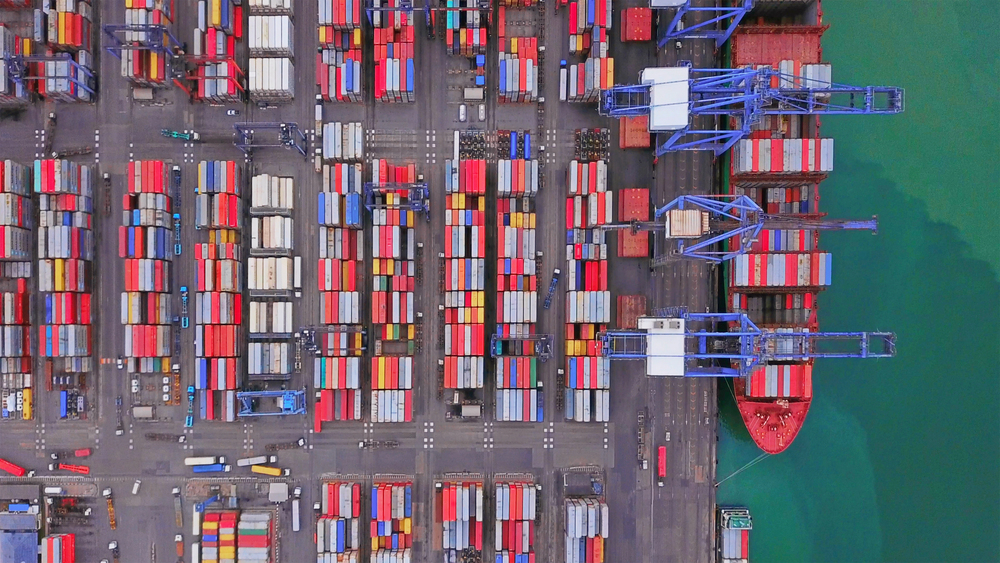Why City Resilience Matters for Businesses Like Yours

By: Jacquelyn Connelly
Between 2015 and 2025, a total of $4.6 trillion of 301 major cities’ projected gross domestic product is at risk from 18 manmade and natural threats, according to the new Lloyd’s City Risk Index.
During a keynote address at the Pathways to City Resilience Forum in Washington, D.C. late last month, Judge Alice Hill, special assistant to the president and senior director for resilience policy at National Security Council, White House, pointed out that “it’s not just natural hazards that pose these risks.”
Quite the contrary: The index finds that manmade threats such as market crash, cyberattack, power outage and nuclear accident are associated with almost a third of total GDP at risk, while new or emerging threats like human pandemic, plant epidemic and solar storm represent nearly a quarter.
“As a result of catastrophic events, business fails. People move,” Hill said. “We need to find ways to make our cities—our economic engines—more resilient so people don’t move away, and so businesses can continue to thrive.”
Hosted by the American Security Project (ASP), a nonpartisan national security think tank, in partnership with Lloyd’s, the half-day forum examined best practices in risk assessment, mitigation, adaptation and transfer in relation to city resilience in the U.S. and globally.
“Who would have thought a tree outside Cleveland could have knocked down the Northeast power grid?” said Andrew Holland, ASP senior fellow for energy and climate, during a panel discussion titled “Risk & Resiliency: Understanding the City Risk Index.” “It’s about making sure that first thing that happens doesn’t cascade into second-, third- and fourth-order effects.”
“Resilience is our generation’s biggest calling,” agreed Charles Rath, president & CEO of Resilient Solutions 21, during a panel titled “The Way Forward: How to Build Resiliency.” “It’s a mechanism that allows us to look at our cities and communities and businesses as living organisms.”
Over the course of the day, policymakers, business leaders, risk managers and regulators addressed how U.S. cities and institutions can build greater resilience in three areas in particular.
1) Infrastructure. According to Hill, some U.S. infrastructure dates back to the Civil War. “We have very old, aging infrastructure that was built to what was historically expected to occur,” she explained. “As we see ever more frequently, those historical norms are not turning out to be good guides for the future.”
During “The Way Forward: How to Build Resiliency,” Josh Sawislak, global director of resilience at AECOM, explained that one of the biggest issues in infrastructure resilience is failing to invest in improving it before disaster strikes—a scenario the continuity business refers to as “left of boom.”
It’s a strategy that distorts reality, making people think of money spent after the disaster as just “emergency money,” Sawislak explained. “But what happens when firetrucks have to take another 10 minutes to get to your house? What happens when the school’s not there so you don’t come back to the community because your kids can’t go to school? Are we setting the rules correctly so that we don’t invest in things that won’t last?”
If that sounds like scare-mongering, Sawislak doesn’t mind. “We’ve got to get people to understand the risk, so it’s OK that you’re scaring people,” he said. “We have to be intelligent with people and help them understand that they’re paying for this anyway.”
For that reason, Sawislak said if you want to make the business case for resilience, you must first convince an organization’s CFO.
“How do we turn resilience into an investment proposal? How do we make resilience a competitive edge for cities?” asked Erwann Michel-Kerjan, executive director of the Risk Management and Decision Processes Center, Wharton, during the same panel. “If you convince the asset managers of the world that resilience can become a new class of assets, now you’re talking.”
According to Michel-Kerjan, the largest category of asset managers today is pension funds, which will have control over $32 trillion assets by 2020. “Can I take 5% of that portfolio and start creating new classes of assets that will be helping cities become more resilient?” he asked. “I’m talking about worldwide collaboration to impact some of these assets which are eager to be invested somewhere.”
2) Climate change. After securing investments, building durable infrastructure depends largely on creating systems that are capable of withstanding ongoing pressure from climate change, Hill said. “When it comes to climate change impacts, we can’t look behind us,” she said. “We have to also look ahead of us and use that knowledge to make sure we are making wise investments today.”
“Everything looks back on historical data to create probability,” agreed Tommy Wells, director of the Department of Energy & Environment for the Washington, D.C. City Council, who cited flood mapping as an example during a panel discussion titled “Risk & Resiliency: Understanding the City Risk Index.” “Predictive data based on a changing future is a new challenge for us. So data should drive our decision making, but we have to change the paradigm of how we produce, accept and interpret it.”
According to Hill, 2015 was the hottest year on record globally and the second-warmest year in the U.S. And according to Sawislak, in the aftermath of Superstorm Sandy, New York City calculated that its expenditures on damage related to climate change totaled $1.7 billion a year.
“You’re spending the money even if you bury your head in the sand,” Sawislak said. “We’ve got to look at the cascading effects, the interdependencies, the power that keeps the wastewater treatment plants from going, the phones that don’t work because the cell towers don’t have power, the New Jersey plant that takes the sludge coming from New York. Disasters don’t respect geopolitical boundaries.”
“At what point do the rails of Metro start to warp? At what point do they crack under cold?” Wells pointed out. “We have longer periods of extreme heat, which is a toxic mix for ozone and other things that directly impact our health, but also it really taxes our infrastructure.”
During “Risk & Resiliency: Understanding the City Risk Index,” Meghan Doherty, project manager at ND-GAIN’s Urban Adaption Assessment, said 195 countries have set official goals to reduce greenhouse gas emissions, as well as standards around climate change adaptation. “There are going to be a lot of assessment tools out there all trying to talk to a different stakeholder with a different objective,” she predicted.
3) Cyberattacks. In a keynote address, Tom Ridge, former governor of Pennsylvania, who served as the first U.S. Secretary of Homeland Security, highlighted the growing sophistication of cyber risk and how organizations can better protect against it. “Cyberattacks frankly illuminate the peril of operating in the 21st century,” he said.
According to retired U.S. Air Force Lt. Gen. Norm Seip, ASP board member, the U.S. Department of Defense network fields tens of thousands of cyberattacks each day. “Our potential future enemies know our asymmetric advantage is command and control, and how they go after that is cyber,” he said during “Emerging Risks: Impacts and Opportunities.”
By 2020, Ridge noted up to 50 billion devices will be connected to the Internet, increasing vulnerability dramatically. “The digital sun’s never going to set—it’s just going to get hotter,” he said. “Accept the reality as it is, and make those commitments inside your organization.”
What should that entail? Ridge suggested organizations ask themselves a variety of cyber-related questions: “What are your crown jewels? Are you still using passwords like your mother’s maiden name? Does your organization employ a systematic method to measure, monitor and manage security on a sustained basis? How often do you go back and check it? It’s a dynamic environment—you better check it more than once a year.”
As organizations build out cyber resiliency programs, leadership must integrate with IT and vice versa. “How connected are your digital people to your board of directors?” Ridge asked. “Leaders have to be prepared at every level of the organization. For an organization to be truly resilient, the mindset and philosophy has to begin at the C-Suite. Everyone has a role to play, from the boardroom to the loading dock.”
Jacquelyn Connelly is IA senior editor.










